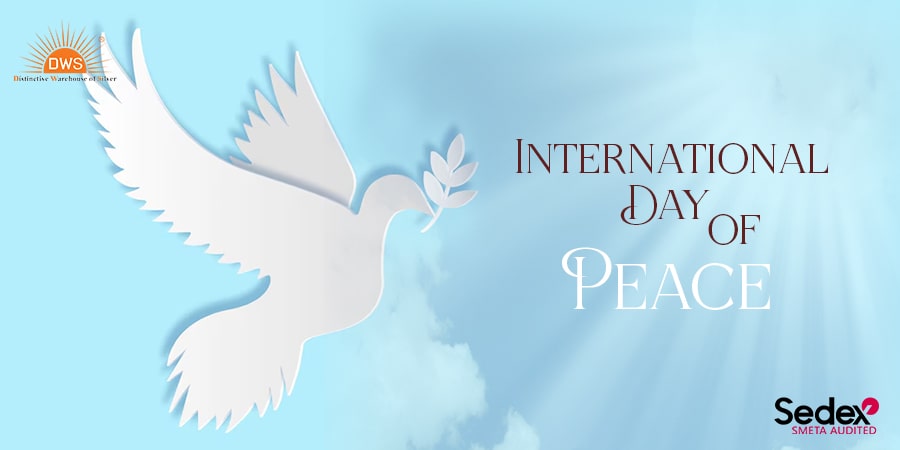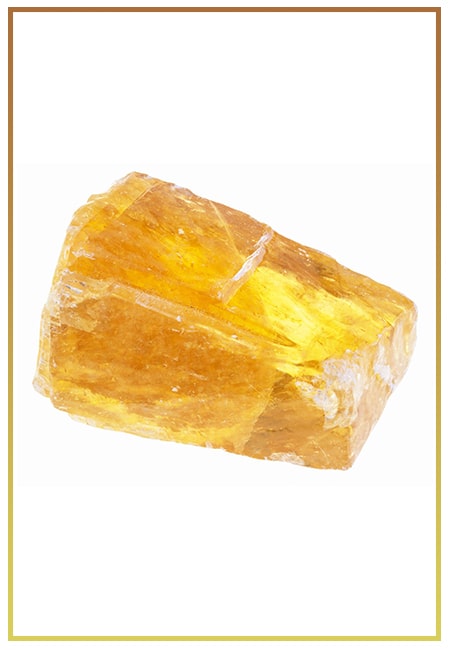- Written By Team DWS
- Festivals
- August 18, 2025
How to Observe International Day of Peace: Actions for a Better World

The History and Significance of International Day of Peace
Origins and Establishment
The UN Peace Bell
Themes and Evolution
Why Is the International Day of Peace Important Today?
Addressing Global Challenges
- Geopolitical tensions and power struggles
- Humanitarian crises and refugee displacement
- Climate change, which exacerbates conflict
- Misinformation and polarization
- Emerging technologies used in warfare
A Call for Unity and Action
How Can Individuals Observe International Day of Peace?
1. Educate Yourself and Others
2. Promote Peace Through Dialogue
3. Participate in a Moment of Silence or Meditation
4. Volunteer for Peace-Related Causes
- Helping refugees and displaced persons
- Supporting anti-violence campaigns
- Participating in environmental cleanups, linking peace with a healthy planet
5. Create and Share Art for Peace
6. Organize or Attend Peace Events and Rallies
7. Support Ethical and Fair Trade
8. Advocate for Peace Policies
9. Foster Peace in Your Home and Workplace
10. Plant Trees or Care for the Environment
How Can Communities and Organizations Observe?
Schools and Universities
- Introduce peace education programs and curricula
- Host debates, essay contests, or art competitions themed around peace
- Arrange cultural exchange programs to foster international understanding
Governments and NGOs
- Declare the day as a public holiday or day of reflection
- Support peacekeeping missions and humanitarian aid
- Fund and promote local and international peace initiatives
Businesses and Corporations
- Host diversity and inclusion training sessions
- Integrate social responsibility practices focused on peace and sustainability
- Launch campaigns highlighting employee volunteerism for peace causes
Media and Influencers
- Amplify peace messages through storytelling, interviews, and special programming
- Facilitate online discussions and platforms for peacebuilding ideas
- Engage audiences with positive and constructive narratives about peace
Global Celebrations and Notable Events
- Peace Bell Ceremony at the UN Headquarters: A symbolic event ringing the Peace Bell to galvanize global unity.
- Cultural Festivals: Music, dance, and art performances emphasizing unity in diversity.
- Youth Peace Forums: Empowering young people as leaders of change.
- Interfaith Dialogues: Promoting mutual respect and cooperation among different religions.
- Social Media Campaigns: Using hashtags to spread peace messages globally.
The Role of Technology and Social Media
Personal Reflections and Stories
Future Outlook: Building a Culture of Peace

Conclusion
Popular on Blogs

Black Tourmaline: Meaning, Healing Properties, Fascinating Facts, Powerful Attributes, Versatile Uses, and Beyond
September 05, 2023 / BY Team DWS
Black Tourmaline, also known as Schorl, is a highly revered crystal with incredible metaphysical properties. It derives its name from the Dutch word "turamali," meaning "stone with ..

Carnelian Stone: Meaning, Healing Properties, Power, Facts, Color, Uses and More
December 26, 2023 / BY Team DWS
Carnelian is a vibrant and captivating gemstone that holds a plethora of meanings, healing properties, and powers. Its warm and fiery energy makes it a popular choice among crystal ..

Citrine: Exploring its Meaning, Healing Properties, Fascinating Facts, Powers, Versatile Uses, and Much More
November 18, 2023 / BY Team DWS
Citrine, with its warm golden hues, has captured the attention and imagination of people for centuries. This beautiful gemstone, commonly associated with wealth and prosperity, hol ..

Black Onyx: Unveiling the Meaning, Healing Properties, Fascinating Facts, Powerful Attributes, Versatile Uses, and Beyond
July 25, 2023 / BY Team DWS
Black Onyx, a striking gemstone admired for its deep black hue and elegant appearance, has captivated people for centuries. In this comprehensive guide, we will delve into the mean ..

Unveiling the Mysteries of Turquoise Stone: Exploring its Meaning, Healing Properties, Power, Facts, Color, Uses, and More
December 05, 2023 / BY Team DWS
Turquoise, with its captivating blue-green hue, has been adorning jewelry and artifacts for centuries. This striking stone has a rich history, rich symbolism, and a plethora of int ..

The History Behind The Popularity of Red Agate
December 23, 2022 / BY Team DWS
An Agate is a type of magma rock that takes many years till it is washed out naturally into the water. And that is the reason this stone has elements of water. This beautiful stone ..

Bloodstone: Unveiling the Meaning, Healing Properties, Facts, Powers, Uses, and More
August 21, 2023 / BY Team DWS
Bloodstone, with its captivating deep green color with specks of red, is a mesmerizing gemstone that has fascinated civilizations for centuries. It possesses unique healing propert ..

Plan a Perfect Valentine's Week with Our Valentine Week List 2025
January 22, 2024 / BY Team DWS
Valentine's Day is undoubtedly the most romantic day of the year, but we believe that one day is just not enough to express your love and make your partner feel special. That's why ..


